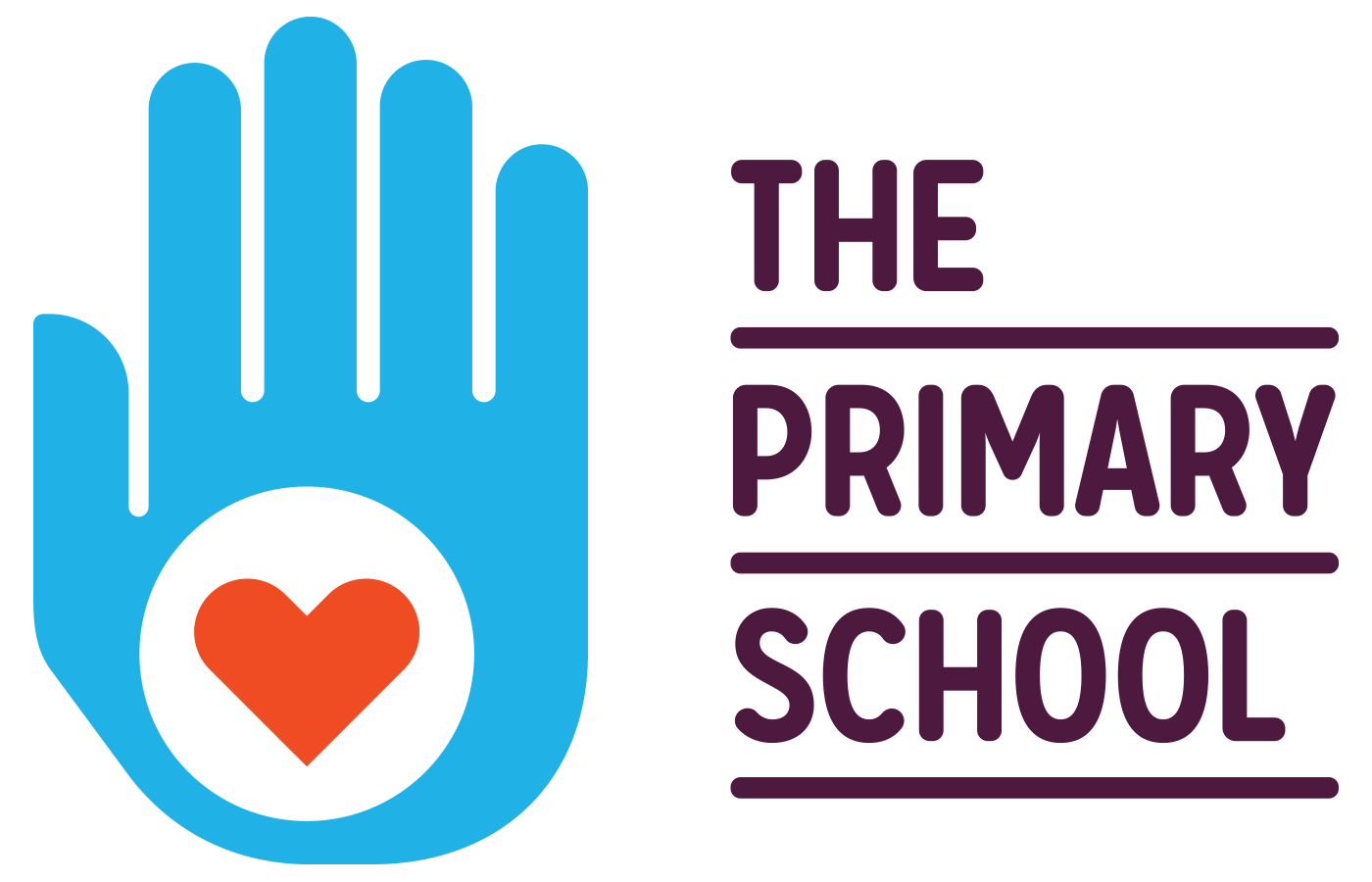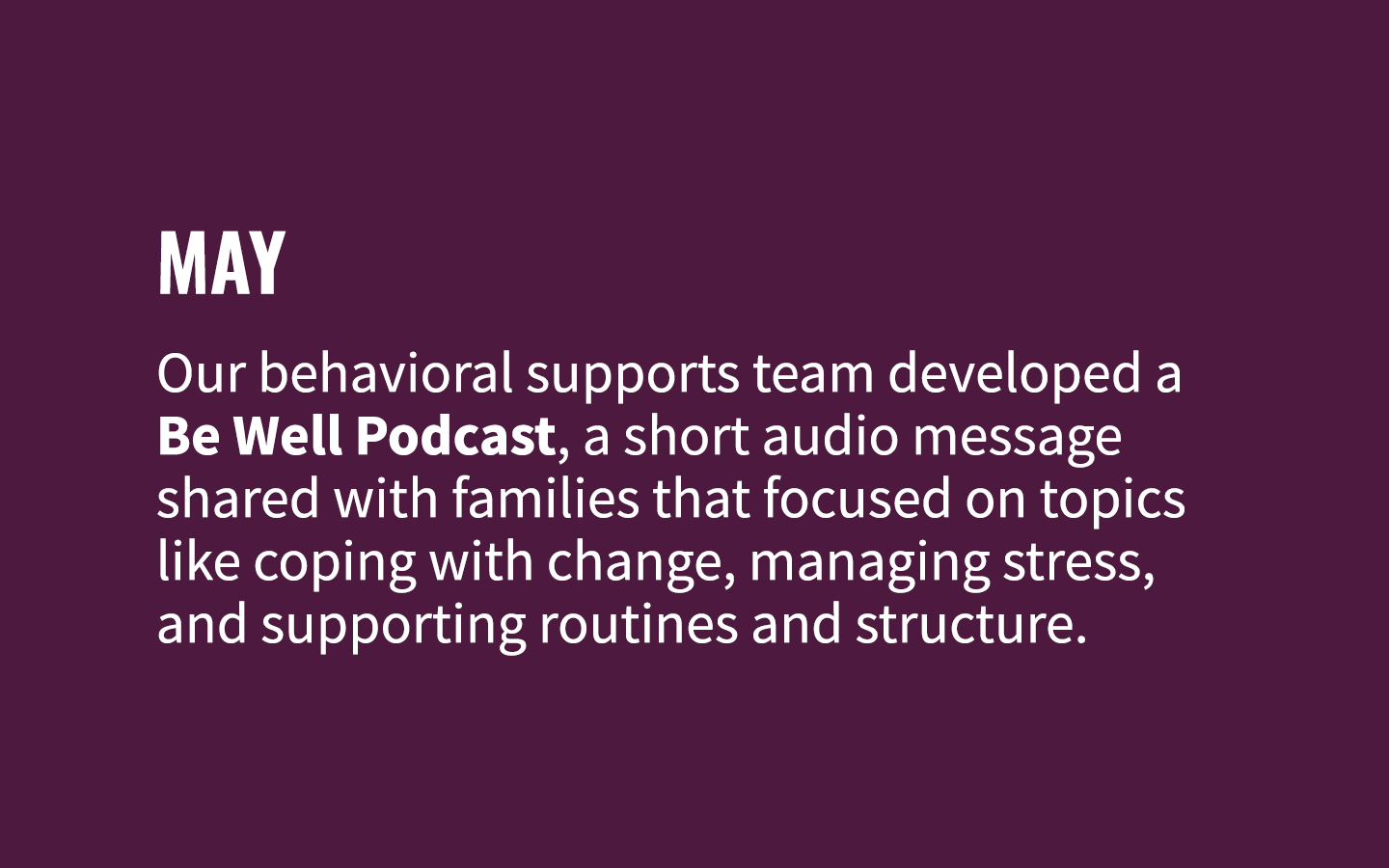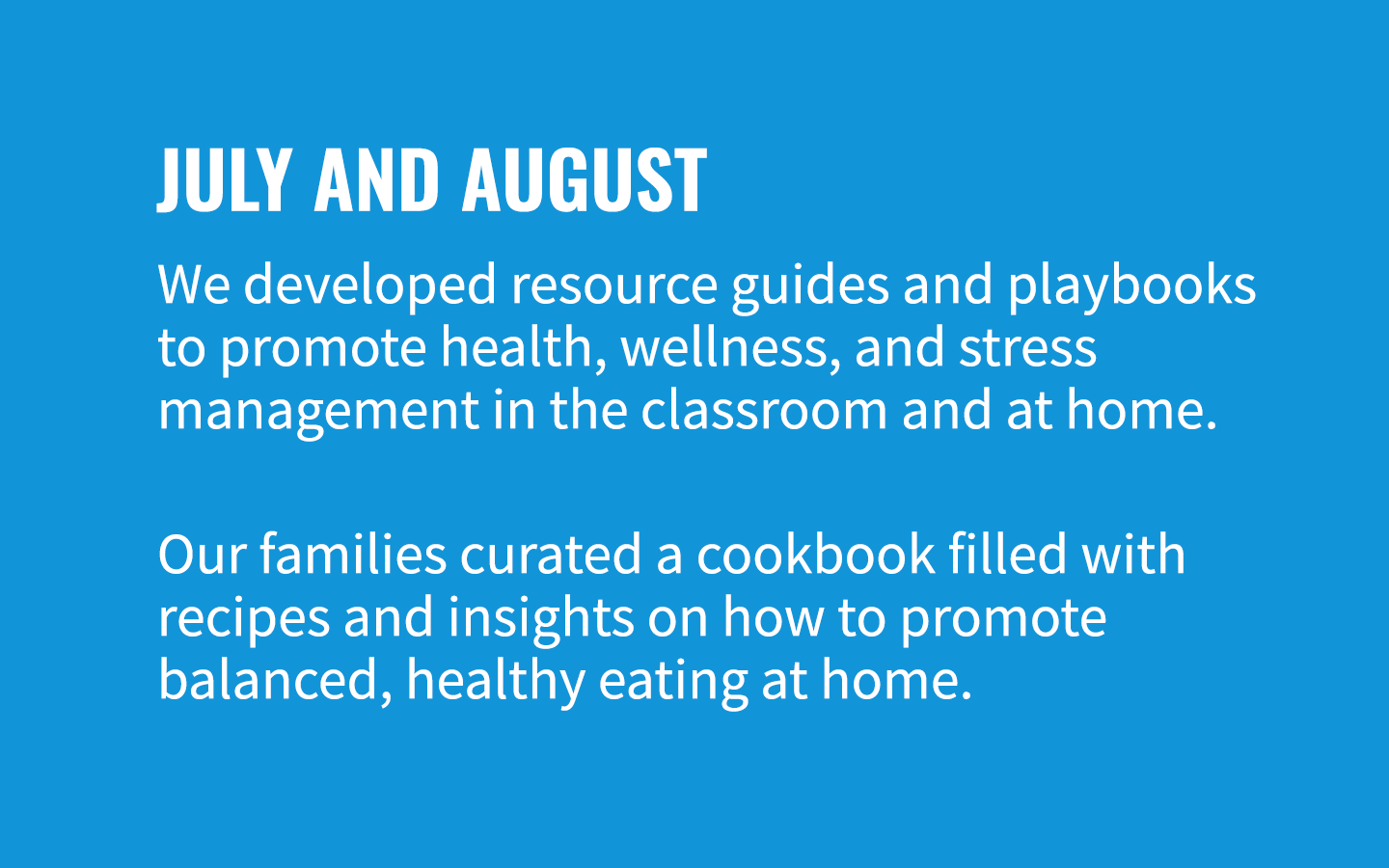Maintaining Whole Child, Whole Family Wellness During COVID-19
By Tami Alade, Health Associate, and Shawneece Stevenson, Manager of Family Success Coaching
COVID-19 has impacted our community in unprecedented ways. Our families have been tasked with balancing increased stressors in their finances, their jobs, and their children’s academic progress, all of which can play an increasing toll on their own personal wellness and wellbeing. Despite what at times have seemed like insurmountable barriers, our families have shown us time and time again that they are not limited by their circumstances. Their resilience has been inspiring, and in part speaks to the foundational work we as an organization have done around integrated supports.
At The Primary School, we have long held the belief that health and education are interwoven, interconnected ideals, and COVID-19 has brought to the forefront why investment in and promotion of this interdisciplinary approach is important.
Even though it’s been nine months since our initial response, our core principles have remained the same:
Keep our school family healthy and safe
Optimize learning for children
Partner with families to reduce home stress, address complex needs, and support learning at home
At the same time, we’ve needed to rapidly adapt our boots-on-the-ground approach.
As the Family Success Coaching Manager, Shawneece was in meetings almost every hour of the day to take in the constantly changing services, exchange ideas with community partners on how to work together to advocate for family needs, or develop resources to support our students and community at large. As the Health Associate, Tami and her team were constantly taking in information from parents and parent wellness coaches, reviewing barriers to care and developing resources and concrete tools to better meet identified needs. Our staff had to be reactive, responsive, and constantly looking for ways to close the gaps in access and achievement that COVID-19 was creating.
Fostering Whole Child Wellness Remotely
Staff, students, and parents led live community movement sessions over Zoom - like yoga - to maintain social connectedness and physical and mental wellness.
As our families and students navigate this uncertain period of time, finding ways to not only maintain, but promote, the physical, social, and emotional components of health has been at the forefront of our planning. This idea of fostering “whole child wellness” has served as the north star in our research-based belief that when a child’s basic health and wellness needs are met, they are better able to achieve academically. In short, whole child supports matter.
In “normal” years, our model has leveraged opportunities and partnerships that seek to bolster and support the physical, emotional, social, and mental health of our students through health services and classroom and family promotion of healthy behaviors throughout the year with the aim of reducing health barriers to learning (ex. asthma, vision/hearing deficits, dental problems).
These unique circumstances have forced us to think not just about how we provide more support, but rather how we hone in and focus on the right supports. Our team has learned to be more responsive to the present needs of our children and families, and we’ve worked to be creative in how we deliver services and programs. As the COVID pandemic continued, this resulted in many different approaches over the past eight months.
Through each phase of this pandemic, we’ve kept our central beliefs intact and have worked to creatively adapt to the unforeseen realities of 2020. While we don’t have all the answers, we are constantly taking in parent feedback, responding to engagement levels and working alongside our partners to develop best practices for our students. Our work is far from over, but we are hopeful that the learnings that we gather from this period in time will help shape our programming for years to come.
Supporting Parent Wellness During a Pandemic
We hosted drive-through Community Nights to give families resource guides and other at-home learning materials.
Child wellness and wellbeing is strengthened when caregivers are healthy and have protective factors, including parental resilience, social connections, and access to basic necessities. Beyond the work that we do with just our students through our school site, we have actively developed ways to more comprehensively support our families. Health promotion can go full circle with parent partnership: as we model health practices and behaviors as a school, our families model what works for them, and they in turn model these practices for their children.
Essentially, we know that parent and child wellbeing are inextricably linked. When we began thinking about how to support parent wellbeing during the pandemic, we started with our foundational belief: that parents and caregivers are powerful, resilient, and not limited by their circumstance - even during a pandemic.
To be successful in supporting parents during this unprecedented crisis, we knew that we needed to show up differently, lean on the deep relationships we had already established, and meet them where they were. We began contacting parents weekly to discuss their needs, thinking in partnership with them on how to manage stress, and providing emotional coaching. We also surveyed parents to get deeper insight into their current social needs in the areas of food security, financial strain, utilities, housing stability, technology, employment, and adult wellness. After 79% of our families completed a social needs survey, our biggest observations were that the most common needs were food insecurity and financial strain, and that Spanish-speaking families had greater needs than English-speaking families.
The disparity between English- and Spanish-speaking families highlighted the very limited resources available for financial relief for families who were undocumented or had diverse work authorizations. This meant that we had to be creative with finding adequate resources for our families and advocate for their needs on a broader policy and public system level. Our team regularly attended local community meetings around COVID relief planning and service development, which in turn enabled parent wellness coaches to refer families for the Pandemic EBT and Immigration Relief Fund.
As a result, our Parent Wellness Coaches were able to leverage our strong relationships with community partners to provide over 200 referrals this fall to food, housing, technology, and other resources that met the specific needs of families (particularly Spanish-speaking families). We also began publishing a weekly resource guide in English and Spanish to help families access the most important resources in the community.
From there, we made sure families had access to the support they needed for at-home learning, stress management, and basic needs. We prioritized making sure families were able to:
Access academic support by first making sure they were connected to technology and to the people who support them
Manage stress to continue to support their child and their family
Access concrete supports in times of need that related to academic, health, crisis management, stress management, and basic needs (housing, food, financial support)
Beyond that, we continued to contact each family every week to review stress management, crisis management, concrete support, and remote learning needs.
We continue to plan and think creatively to prevent evictions in our community by budget coaching and helping families navigate enrollment in public benefits. As we look ahead to the coming months, our parent wellness coaching team is focusing on preserving family and counteracting the fear of gentrification and preventing housing instability.
Final Thoughts
John King Jr., former U.S. The Secretary of Education once shared the following quote: “Crises don’t have silver linings, but they do have inflection points.” This pandemic has forced us to innovate, iterate, and redefine what it means to be an organization at the forefront of achieving whole child and whole family wellness. As we continue to drive educational and health outcomes for students we will be pushed to constantly think about the interplay between these important concepts of wellness.
Here are some of our key takeaways:
Leverage Relationships with Partners: The Primary School has never operated as an island, and COVID-19 has been no exception. We’ve invested much of our time developing deep and meaningful relationships with our local partners, and this effort has paid off tremendously. Our partners included but were not limited to: Ravenswood Family Health Network, Ecumenical Hunger Program (EHPCares), Samaritan House, Stanford Pediatric Advocacy Program, Community Legal Services in East Palo Alto, Legal Aid Society, and San Mateo Immigration Forum. These partnerships and organizations allowed us to stay abreast of the changing resources and also to advocate for COVID relief and recovery efforts in our area.
Listen First, Respond Second: While it is easy to attack problems with our own ideas and individual solutions, we found the most success when we stepped back and really listened to the needs of our families. When developing many of our concrete supports around wellness, we received direct feedback from our parent wellness coaches and parents about the highest priority needs at varying times during the pandemic. We also were constantly engaging families in the feedback process from 1:1 coaching sessions, social needs surveys, and parent group exit questionnaires to procure insights and ensure that the parent voice was heard, understood and responded to.
Less is more: With so many competing priorities, it was often tempting to saturate our families with as much information as possible. Even if they weren’t always saying they were overwhelmed, we needed to be mindful of the fact that they could be. Whenever possible we worked to simplify our program and processes and hold on to the idea that simplicity, clarity and intentionality were key to provide more impactful support.
RESOURCES
We hope these resources are helpful for other educators and health practitioners who are looking for ways to support the health and wellbeing of students, family, and teachers during this challenging time.
Teaching Healthy Behaviors to Students During COVID-19: Lesson Guide and Resources
Mobile-Friendly East Palo Alto Community Resource Guide for Families
Stanford Pediatrics Advocacy Program - Resources for iMPaCT Partners








